Comfrey is one of my all time favorite herbs, ever. It’s uses are numerous. We use this plant for permaculture, animal feed and herbal healing. Comfrey is a vigorous plant, it grows easily in all types of soil, and while it doesn’t’ spread, the clump gets bigger and bigger each year and it is easily divided and grows quickly from it’s woody roots. I will go over the various ways we use comfrey on the farm.
Comfrey is widely used in permaculture landscapes. Comfrey is a bio-accumulator, it has very long deep roots, they can grow to a depth of ten feet. They collect minerals from deep in the earth, bringing them up into their leaves where they can be used by other plants, animals, microbes and us. Comfrey leaves have calcium, potassium, phosphorus, iorn, magnesium and iodine, to name just a few.
Comfrey is the only land plant that takes vitamin B12 from the soil. The entire plant is a good source of vegetable protein, and the green leaves contain vitamins A, C, E, and several B vitamins, including choline, the fat-emulsifying vitamin that helps fight cholesterol deposits. Other ingredients are folic acid, the anti-anemia vitamin, and some B12, which controls the deadly pernicious anemia. (www.herballegacy.com/ThesisChemical.html).
We grow comfrey in one big patch, those are what I consider my stock plants, and I harvest from them in all but the coldest months. We use the leaves as green compost when creating dead-fall swales and huglekulturs. We also add the leave to our compost piles, they are great for activating the composting process and adding all those wonderful minerals to the compost. I also take small roots from these plants and plant comfrey in our orchard meadow and other various places on the farm. Several times throughout the growing season we slash back the plant letting the leaves fall around, mulching and composting in place, thus creating bio-mass and top soil.

Because of the incredible nutrition captured in the leaves of the comfrey plant we use them as animal fodder. a few leaves a week are fed to our rabbits, along with their other forage. We will throw leaves to the chickens, along with the comfrey they nibble on when free ranging our in the meadow. When the goats come this spring, they too will get comfrey.
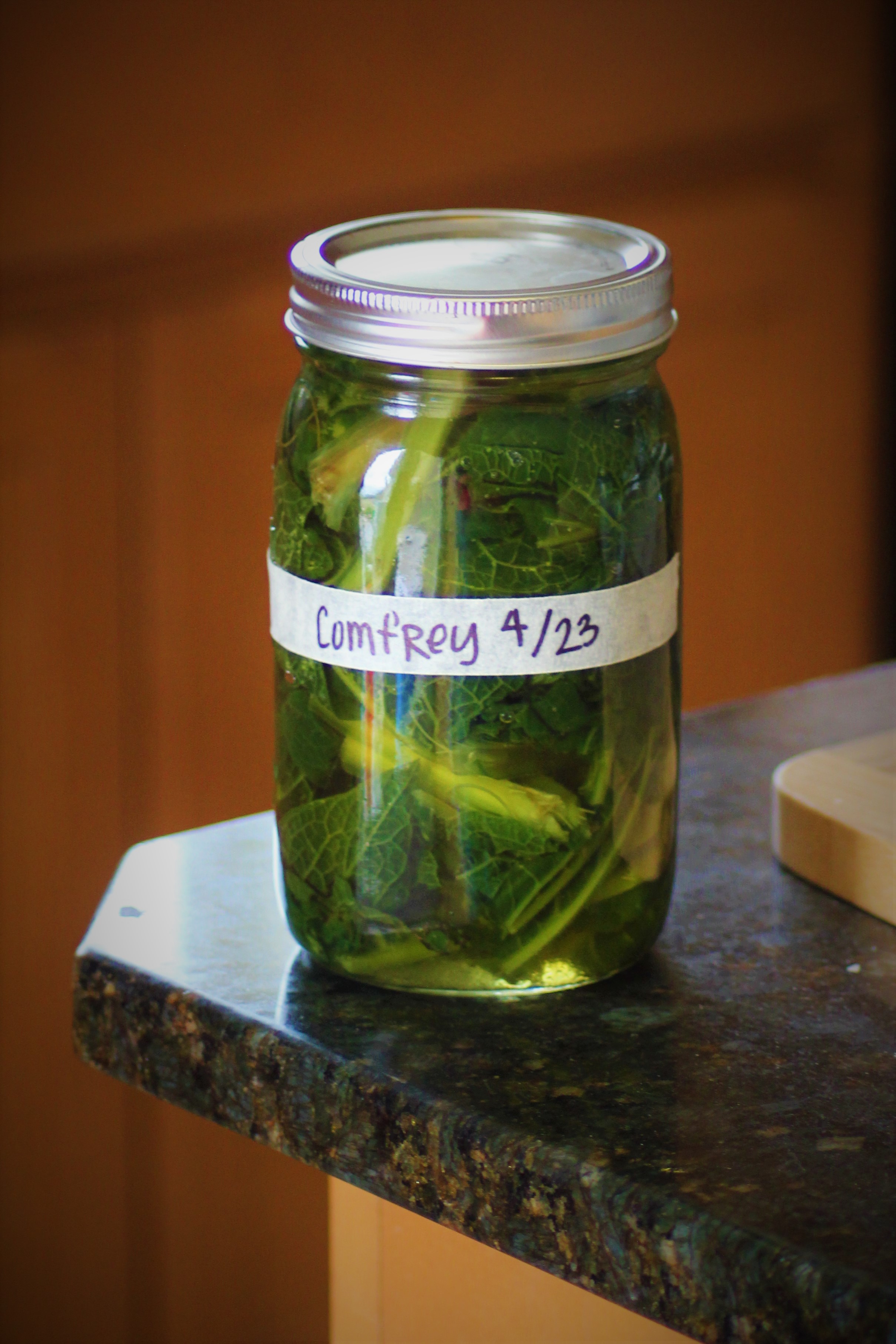
We also use comfrey medicinally. There is some debate on its use. The root of the wild comfrey plant has been found to contain pyrrolizidine alkaloids, which can cause liver damage if ingested in large amounts.
In the 1980s there was a research paper that reported liver damage in laboratory animals that had varying doses of these alkaloids injected into them intravenously. This came as shock to the Herbalist community because comfrey has long been regarded as one of the safest herbs…..
…Naturally, experts rushed to the defense of comfrey. One expert pointed out that the rats had been fed the equivalent of twenty-four times their body weight in comfrey leaves. (Green Pharmacy Barbara Griggs 305) Fred Fletcher Hyde argued forcefully that a plant is not only a physical dilution of its chemical constituents:Teas, almonds, apples, pears, mustard radishes, and hops, to list only a few items, all contain substances which, if extracted, can be shown to be poisonous when tested under conditions similar to those used in the comfrey experiments. Must we then ignore our experience of the usefulness and wholesomeness of these foods because controlled trials and scientific evidence have not been published to establish their safety? (Green Pharmacy Barbara Griggs 305)
Perhaps it starts with confusion, aided by imprecise language. There are two species of comfrey: wild comfrey, Symphytum officinale, and cultivated comfrey, Symphytum uplandica x. (The “x” means it is a hybrid, a cross.)Wild comfrey (S. off.) is a small plant–up to a meter tall–with yellow flowers. Cultivated comfrey (S. uplandica x.) is a large plant–often surpassing two meters–with blue or purple flowers.
Everyone I know grows uplandica and that is what is sold in stores. But gardeners and herbal sellers alike usually mislabel it, causing no end of confusion.
To complicate the situation even more: the roots and the leaves of comfrey contain different constituents. Comfrey roots, like most perennial roots, contain poisons. Wild comfrey (officinale) leaves have some of the same poisons. But cultivated comfrey (uplandica) leaves don’t.
Comfrey is generally reguarded as safe when used topically, and you can find commercially prepared topical application of comfrey. Comfrey, also known as “Knit-bone” is the great healer of all bones, muscles, connective tissues and skin.
Comfrey ointment heals wounds, cuts, burns, bruises, itches, and most skin problems. But it is most amazing when used to stop friction blisters from forming when you over use your hands or feet–walking, raking, rowing, hoeing, whatever. Even after the blister has swelled and filled with fluid–though better at the first twinge of pain–frequent applications of comfrey ointment will make it disappear as though it was never there. I apply the salve every five minutes for the first hour if I can, then 2-3 times an hour until I go to sleep.
We use comfrey leaves (never roots) in salves, oils and poultices. We do also choose to use comfrey internally, although it is illegal in the United States to sell commercially prepared comfrey for internal use. We dry and chop our own comfrey and use it in herbal infusions. One of my favorite ways to use comfrey for injured and painful joints is to prepare my herbal infusion, pour one quart of boiling water over one once by weight of dry comfrey, place a tight lid over the hot infusion and let sit for four hours or longer. After at least four hours (I make mine at night and drink in the morning) strain through a cloth and drink at least a cup. Then I take the strained leaves, place them in a pot and pour two cups cold water over them and bring it to a boil, let simmer for a few minutes, let cool, once it is cool make a poultice and cover the affected area and let sit as long as you can. I have found this to be powerful herbal nutrition for strained and sprained joints, and use it often with my teenagers, who are runners and have injuries from time to time. This year I will be making comfrey oil and salve, I would like to try and see if it is as effective as a poultice. Otherwise I will be spending a lot of time harvesting and drying comfrey leaves to make herbal infusions throughout the year.

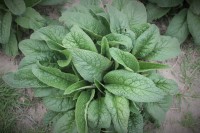

 Soil is defined as the top layer of Earth that allows the growth of plants. All areas have a different
Soil is defined as the top layer of Earth that allows the growth of plants. All areas have a different 



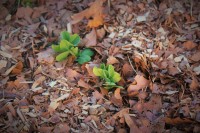
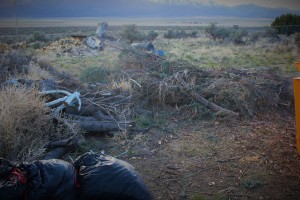
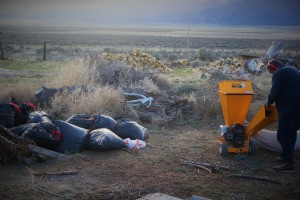
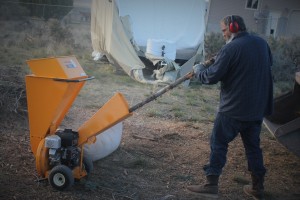
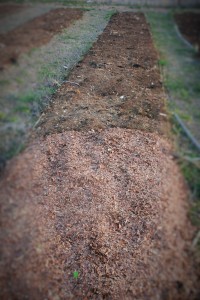
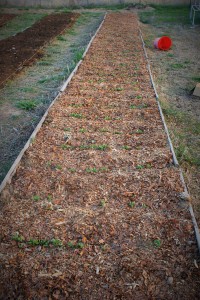
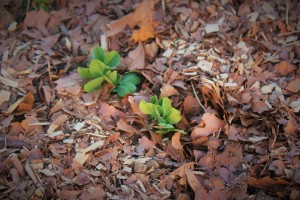
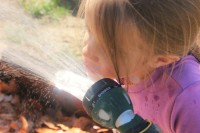
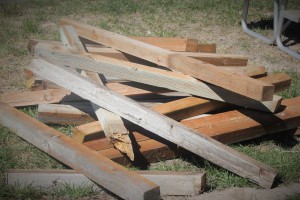
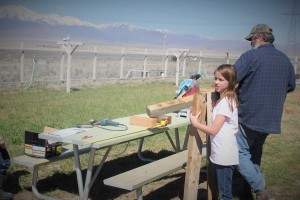
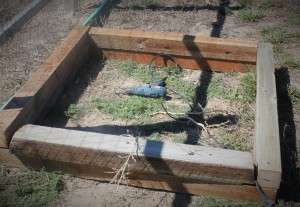
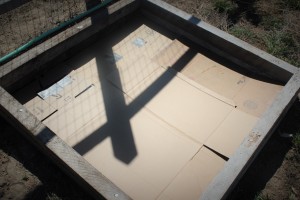
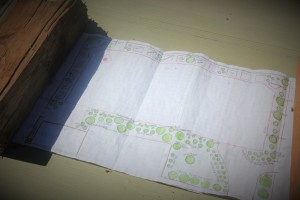
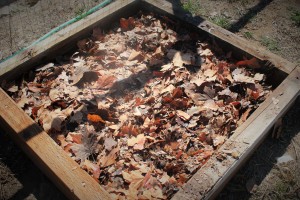
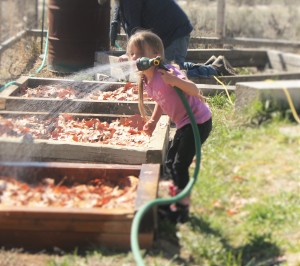
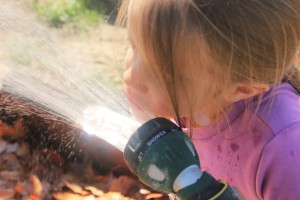
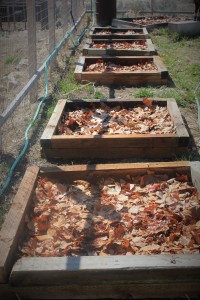
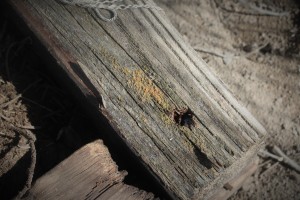
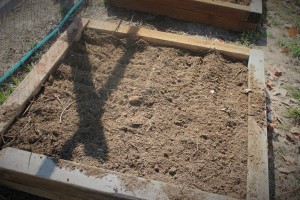
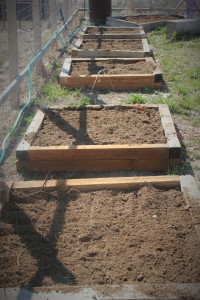
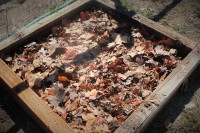
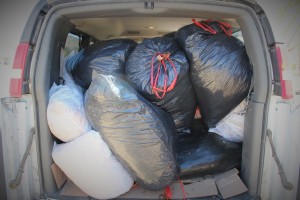 The leaves will be used to fill garden boxes, used in sheet mulching, composting and mulching around plants in the garden. Instead of languishing in a landfill they will be used to build something good, to fulfill the measure of their creations.
The leaves will be used to fill garden boxes, used in sheet mulching, composting and mulching around plants in the garden. Instead of languishing in a landfill they will be used to build something good, to fulfill the measure of their creations. 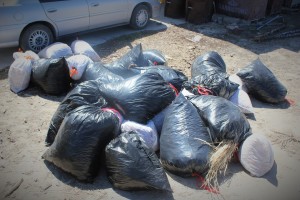
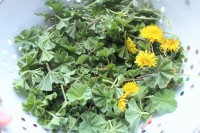
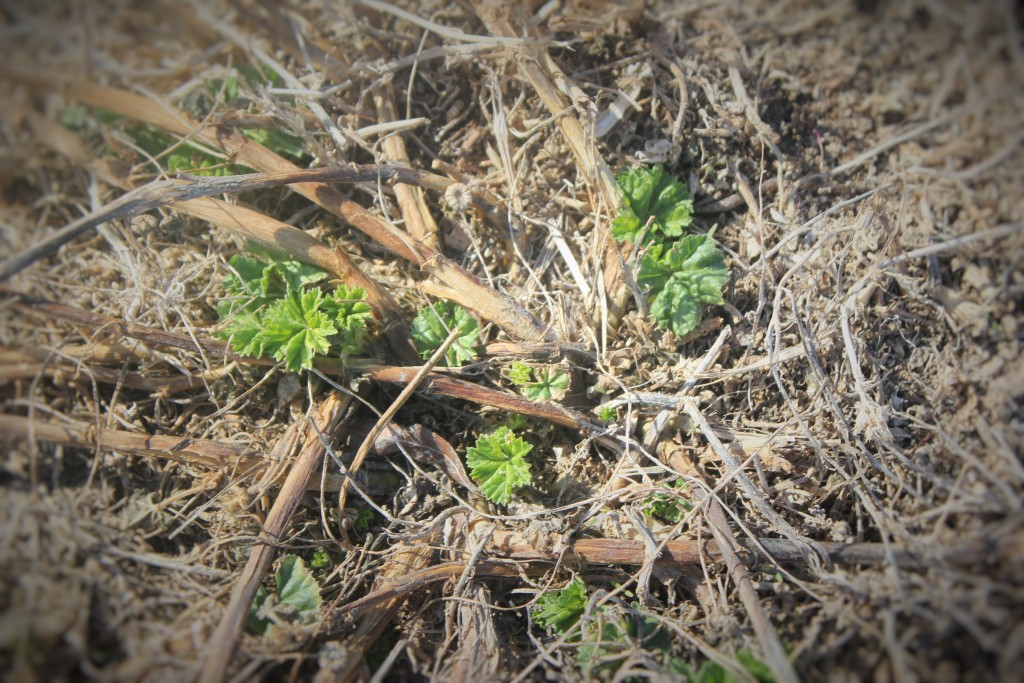
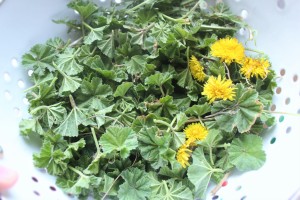
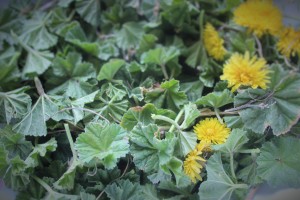
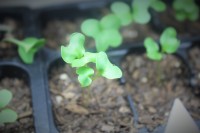
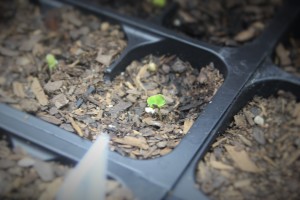 These little guys are our summertime meal of cabbage sautéed in butter, this autumn’s baked cabbage with sausage and next winter’s sauerkraut. We love our cabbage.
These little guys are our summertime meal of cabbage sautéed in butter, this autumn’s baked cabbage with sausage and next winter’s sauerkraut. We love our cabbage. 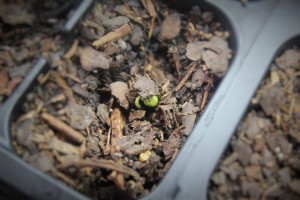
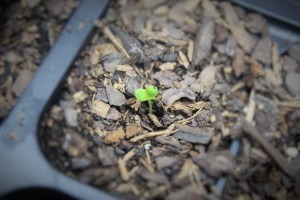
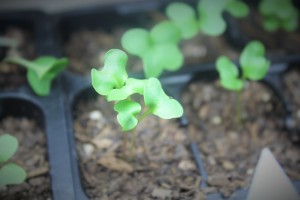
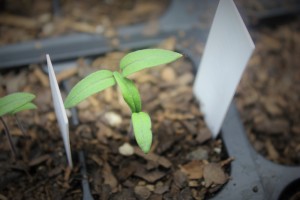
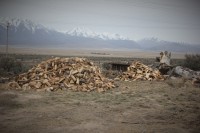
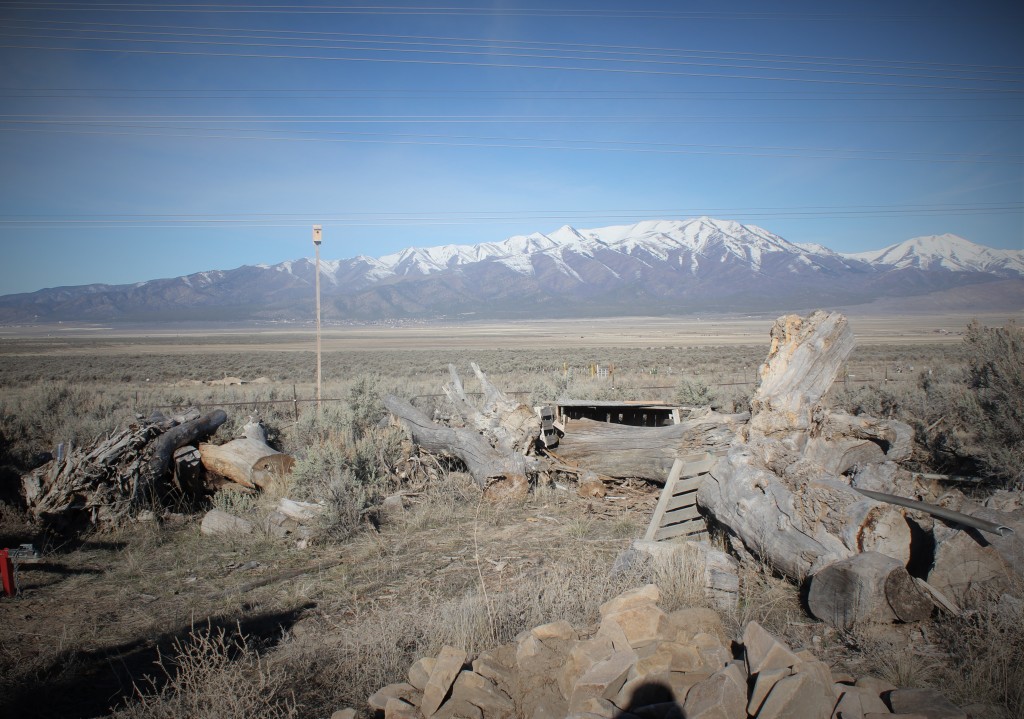
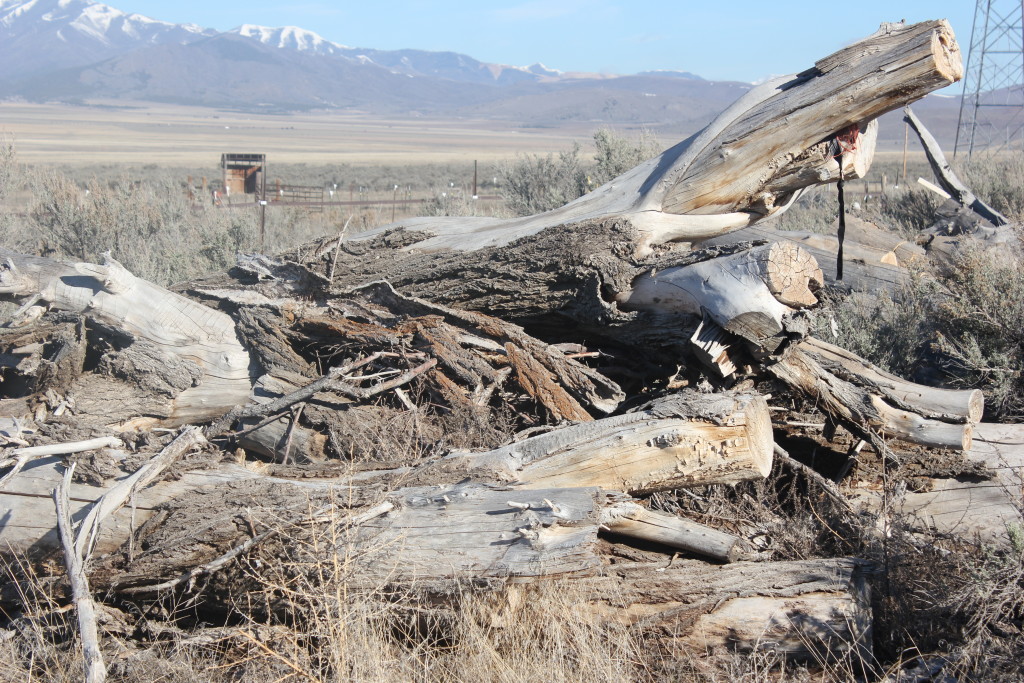 We also burn wood for heat during the winter. I had harvested all of the wood that I could with the equipment I had. So we asked our wood guy (we buy our winter wood from him) if he would be willing to process the trees for us. Well, he said yes, we came up with a price and the work started.
We also burn wood for heat during the winter. I had harvested all of the wood that I could with the equipment I had. So we asked our wood guy (we buy our winter wood from him) if he would be willing to process the trees for us. Well, he said yes, we came up with a price and the work started.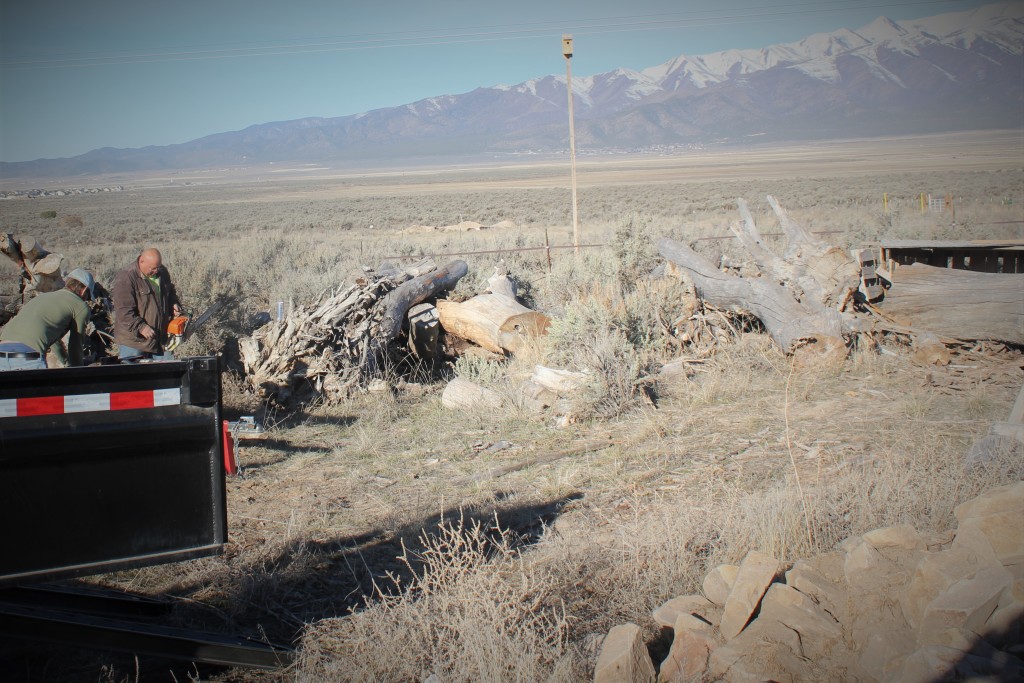
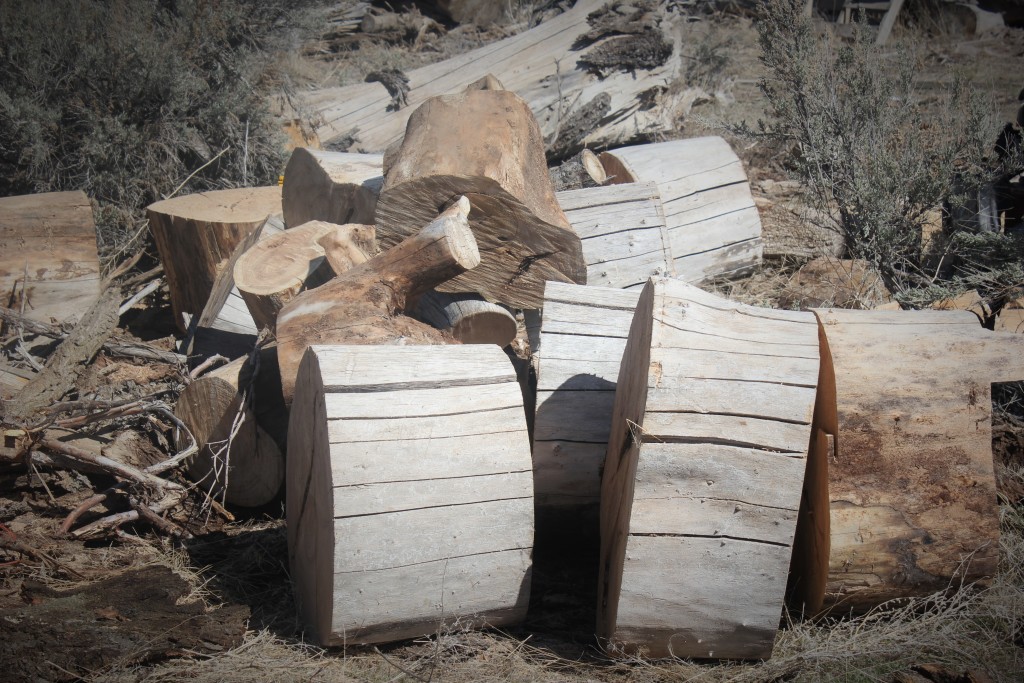
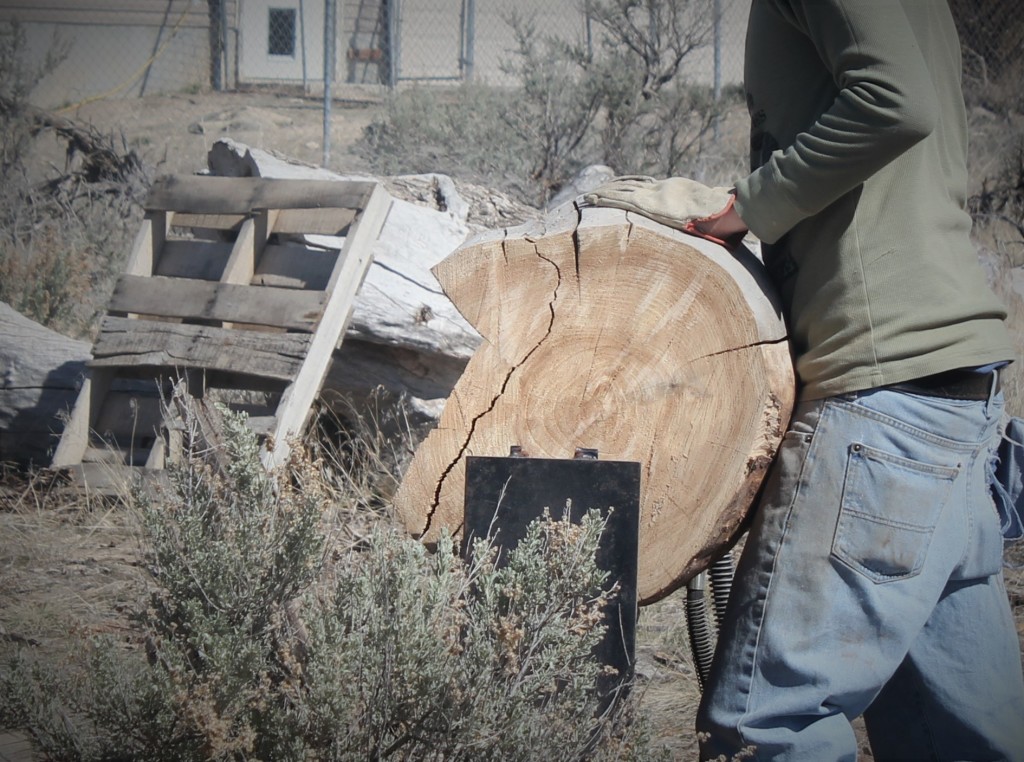 With the help of his numerous different sized chain saws and his hydraulic wood splitter. John and Tommy were able to convert all of those trees to 12+ cords of wood. We still have probably 5 cords more of trees to process. The wood will be great for us over the next couple of winters, and the cost to have them process it was more than half the cost to have them haul in wood for the winter.
With the help of his numerous different sized chain saws and his hydraulic wood splitter. John and Tommy were able to convert all of those trees to 12+ cords of wood. We still have probably 5 cords more of trees to process. The wood will be great for us over the next couple of winters, and the cost to have them process it was more than half the cost to have them haul in wood for the winter.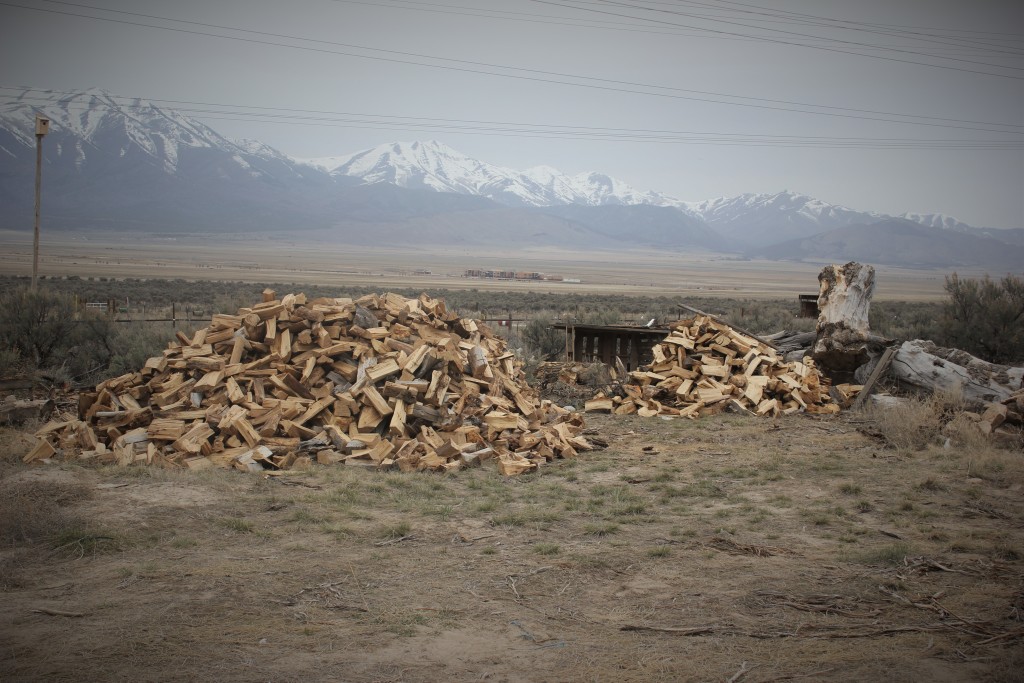
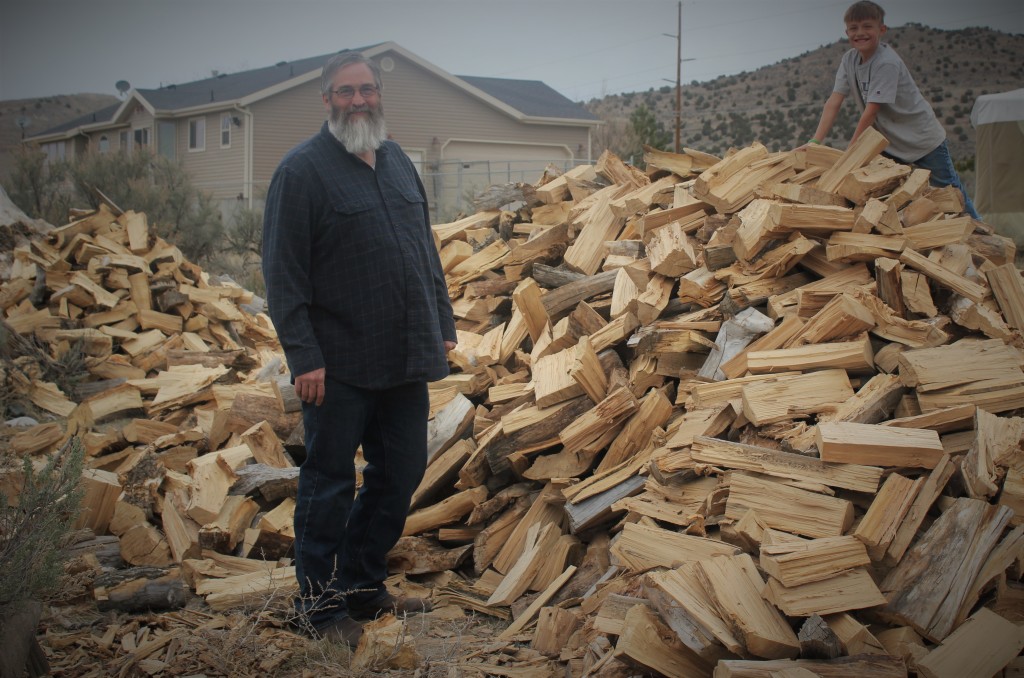
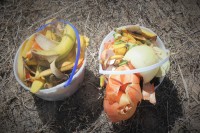
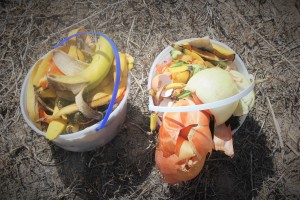
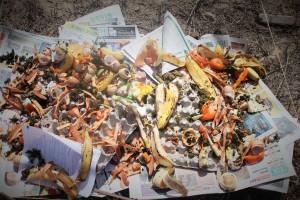
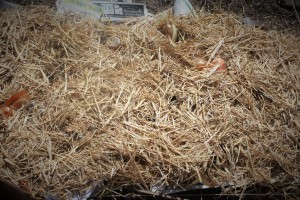
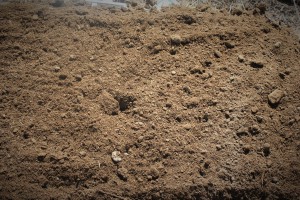
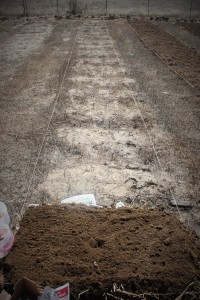 I got about two feet done in a fifty foot row….this might take a while….
I got about two feet done in a fifty foot row….this might take a while….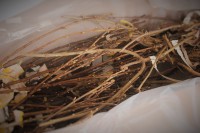
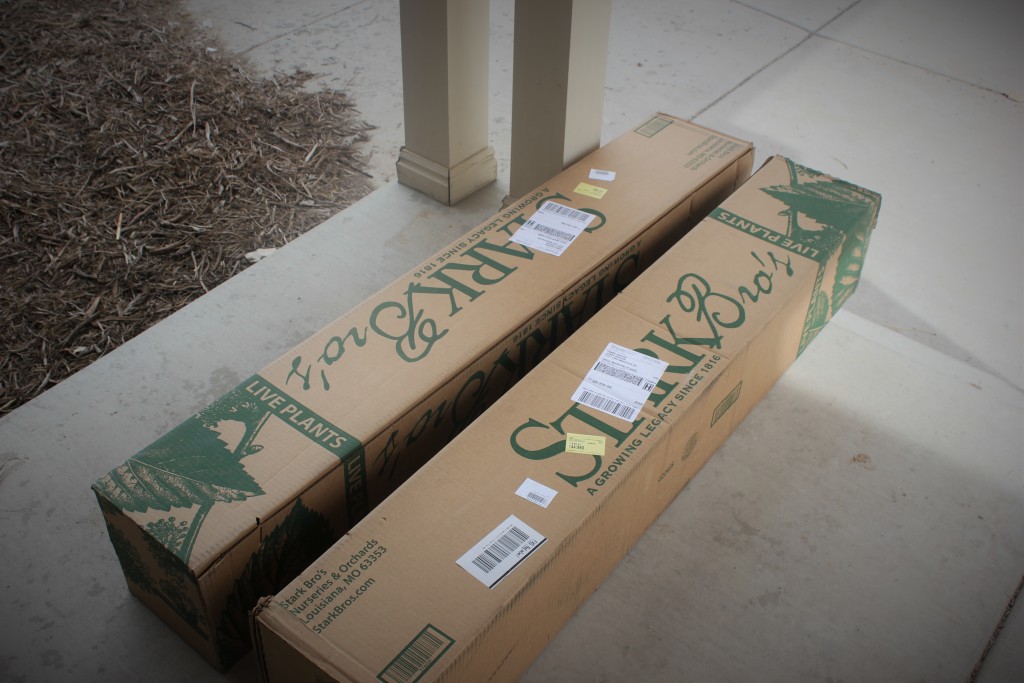
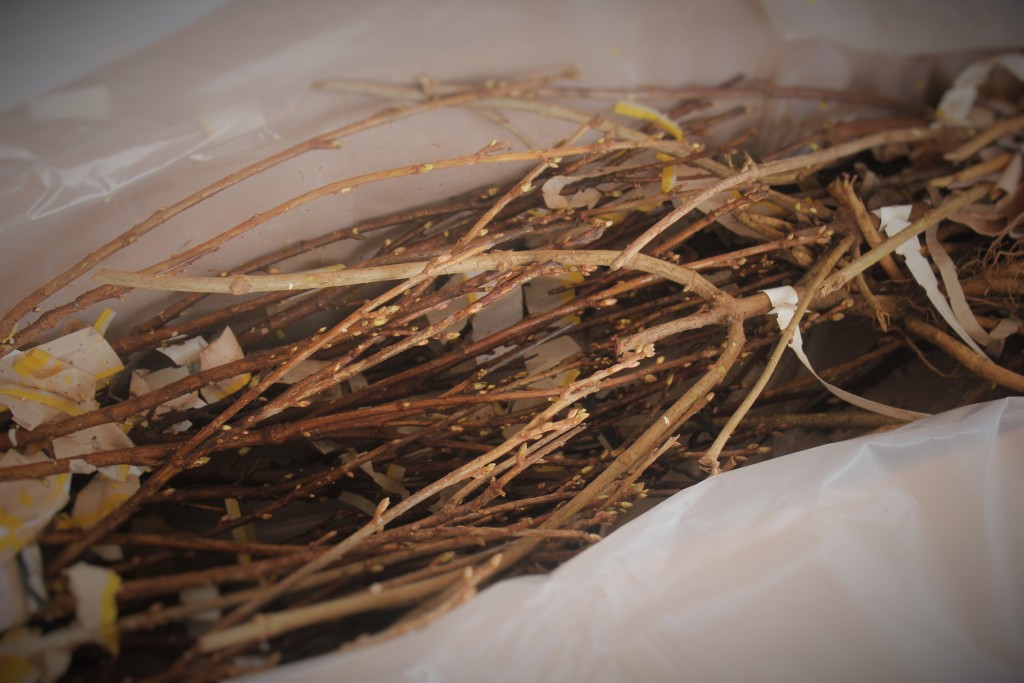
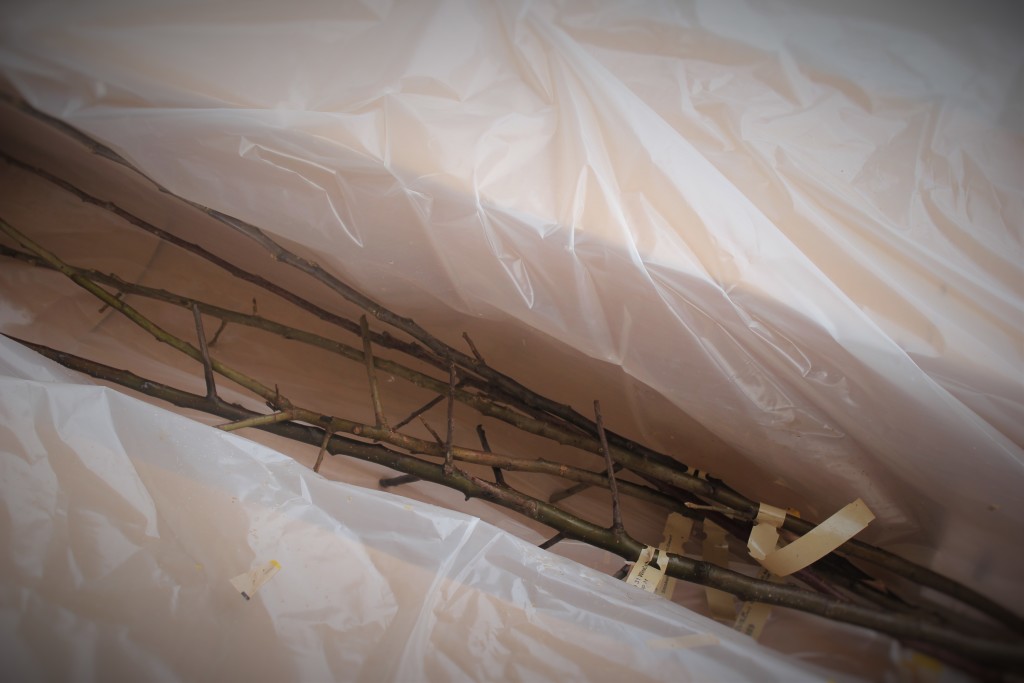
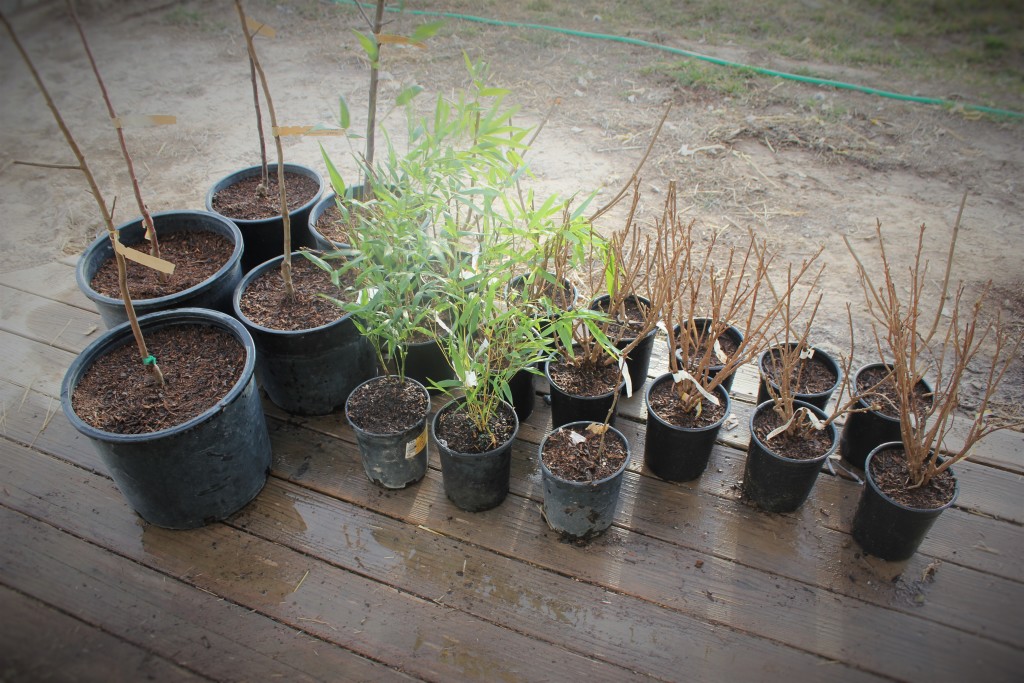 So that evening we made a quick run to our local hardware store and picked up potting soil, I don’t like to plant my bareroots right in the ground, I have found I have better success planting them first in pot and babying them for a few months, then they will go to their forever homes.
So that evening we made a quick run to our local hardware store and picked up potting soil, I don’t like to plant my bareroots right in the ground, I have found I have better success planting them first in pot and babying them for a few months, then they will go to their forever homes.